Root Ball Myths
Click Here To Download Root Ball Myths
Linda Chalker-Scott, Ph.D., Extension Horticulturist and Associate Professor,
Puyallup Research and Extension Center, Washington State University
The Myth of Collapsing Root Balls
“Balled and burlapped root balls must be left intact during transplanting”
The Myth
While shopping for trees at my favorite nursery, we recently overheard another customer ask a staff person about installing her newly purchased B&B tree. “When I plant my tree I should take off the burlap and twine, right?” she asked. “Oh no,” exclaimed the staffer. “You don’t want to disturb the root ball. Just peel the burlap back from the trunk and leave the rest intact. Otherwise, the root ball will collapse and the tree will die.”
At first glance, this appears to be reasonable advice. Balled and burlapped, or B&B trees, are much heavier than containerized plants and one can visualize the root ball collapsing and crushing the root system. The weight of the root ball also helps stabilize the tree and prevent tilting or falling. Finally, the root ball soil contains beneficial microbes and other soil organisms that can help ease transplant shock to the root system. With these benefits in mind, why would you consider doing anything differently?
The Reality
Many nurseries will not guarantee their plant materials if the customer disturbs the root ball, so customers are loathe to do anything that might negate this policy. This is unfortunate, as disturbing the root ball is exactly what you want to do to maximize survival of your newly transplanted tree.
A previous column discussed how to transplant containerized plant materials properly, and some of the same issues apply to B&B trees as well. The most important reason to disturb the root ball of a balled and burlapped tree is to inspect the root system. The circling, girdling, kinked, and hooked root systems often found in containerized plants occur frequently with B&B materials, too. Nearly every B&B tree I have purchased and installed, either in my own landscape or as part of a project, has had serious root defects. By removing the heavy clay one can find and correct many of these defects. Without corrective pruning these defects will significantly lower the life span of your tree. Remember, root pruning stimulates the growth and development of new roots that will enhance tree establishment in the landscape.
A second reason to break up the root ball is to remove the clay soil that makes the tree so heavy in the first place. Most B&B trees are grown in a soil with clay characteristics so that when the tree is dug the root ball it will hold its shape: sandy soil will simply fall away from the roots. The clay soil not only maintains its shape but also retains water, so that B&B materials are usually more stable in terms of optimal water conditions during the time they are out of the ground. When the tree is planted into the landscape, however, the clay character of the soil is often different than that of the surrounding native soil. Differences between soil textures will impede water movement and therefore inhibit root establishment.
A final reason to remove the bagging materials and root ball soil is that many of the B&B specimens at the nursery have been burlapped too high during field digging and bagging. Burlap and soil that covers the trunk above the root crown will lead to trunk disease and death. In every nursery I’ve visited I have found more than one tree trunk literally rotting in the bag. Before purchasing any B&B stock you should ensure that a healthy trunk lives beneath the burlap.
-
- Balled and burlapped plant materials usually contain soil significantly different than that of the transplant site.
- Differences in soil texture will impede both water movement and root establishment.
- Root defects can only be found and corrected if root ball soil is removed.
- Proper root preparation combined with best practices for installation will greatly improve tree establishment and survival in any landscape.
For more information, please visit Dr. Chalker-Scott’s web page at http://www.theinformedgardener.com



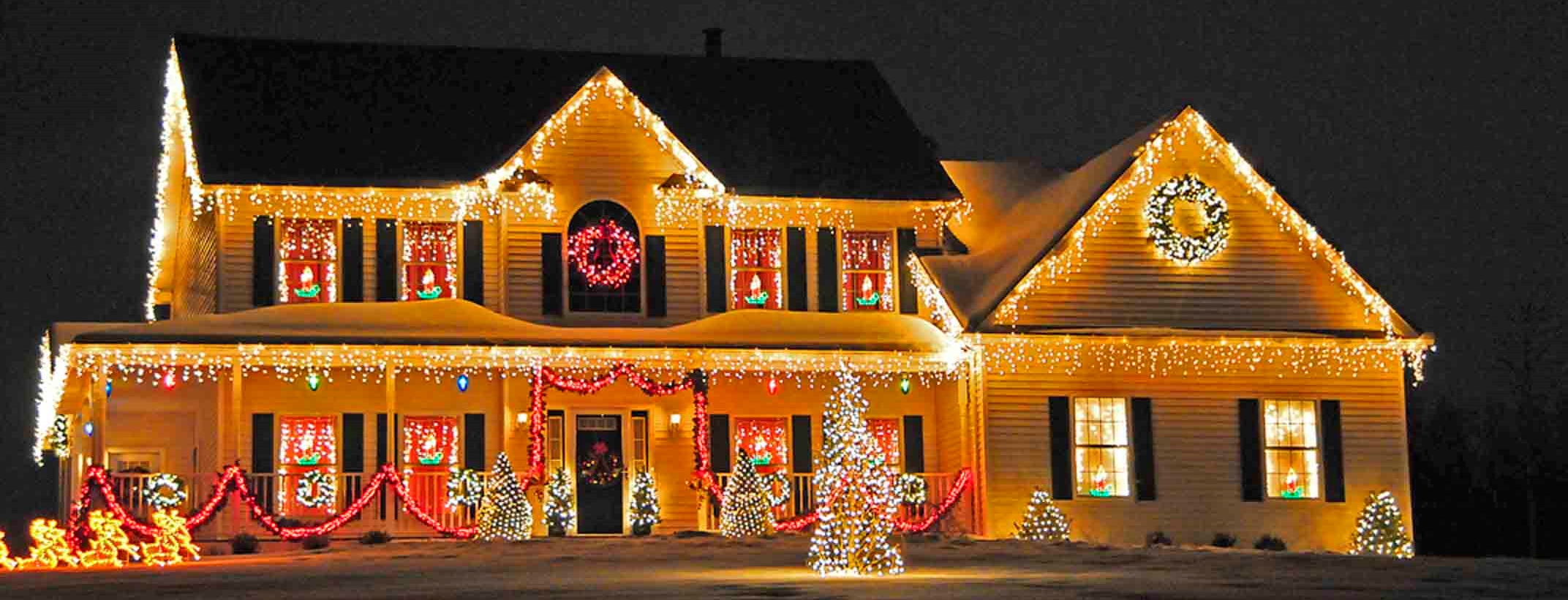


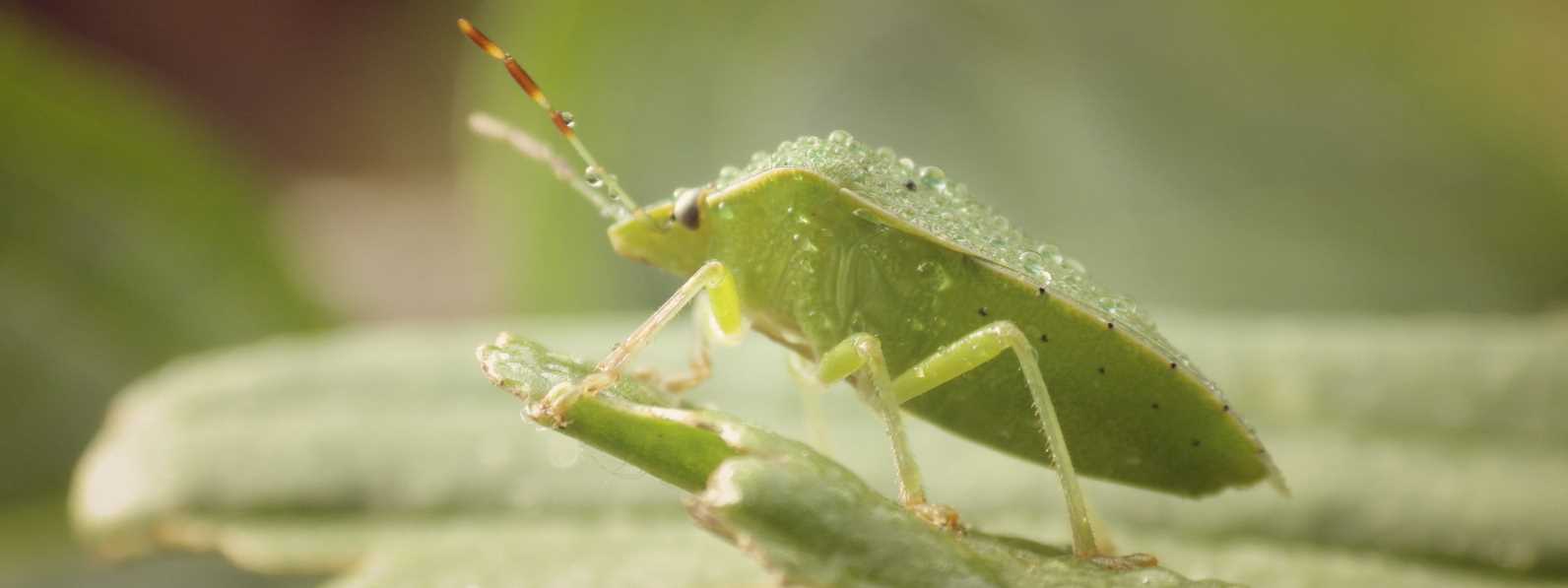
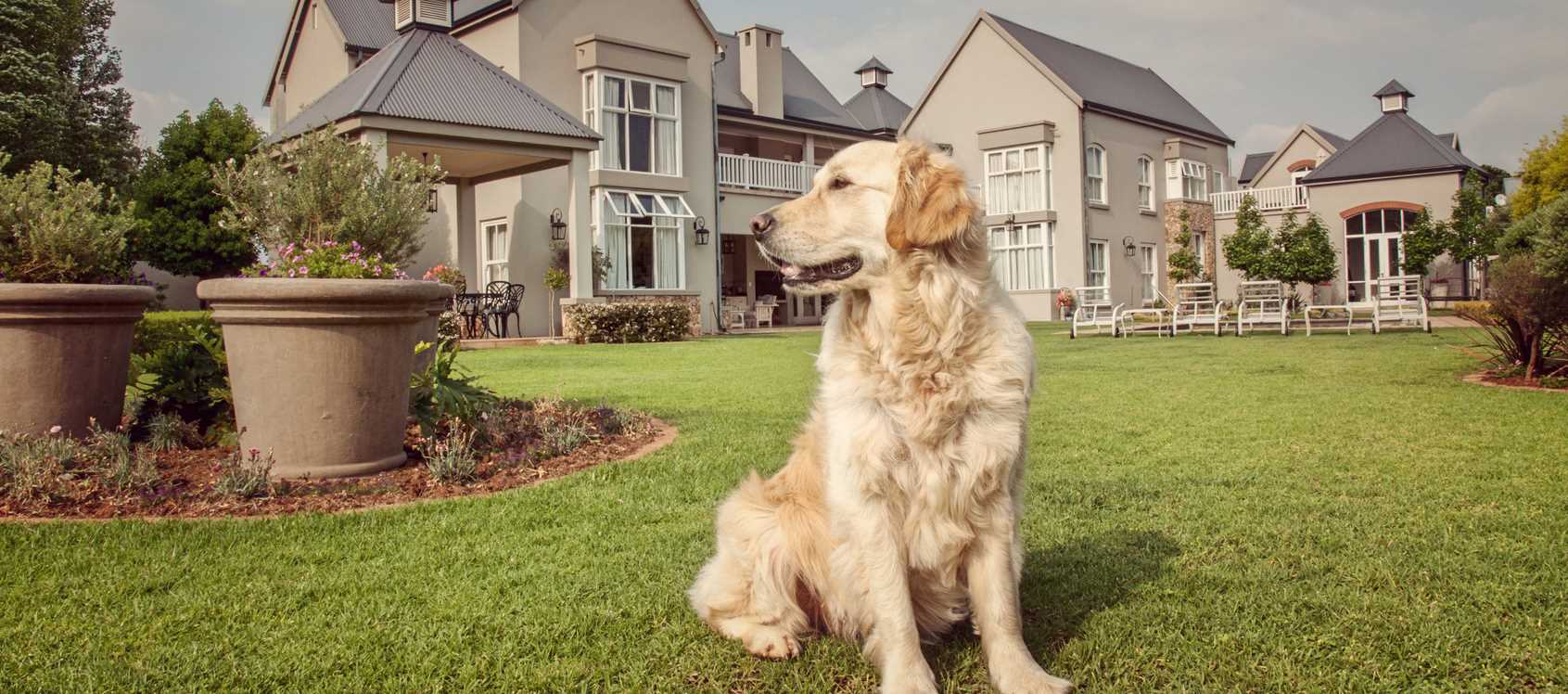
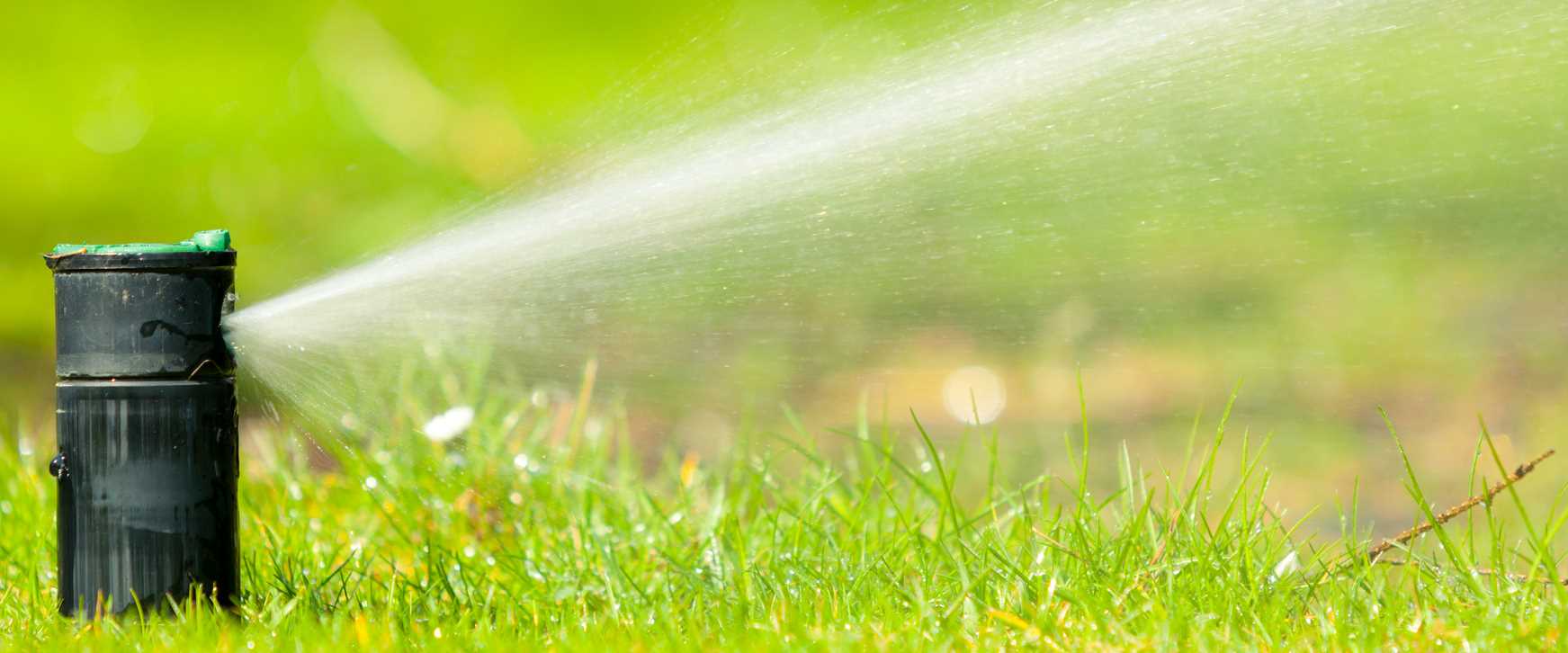


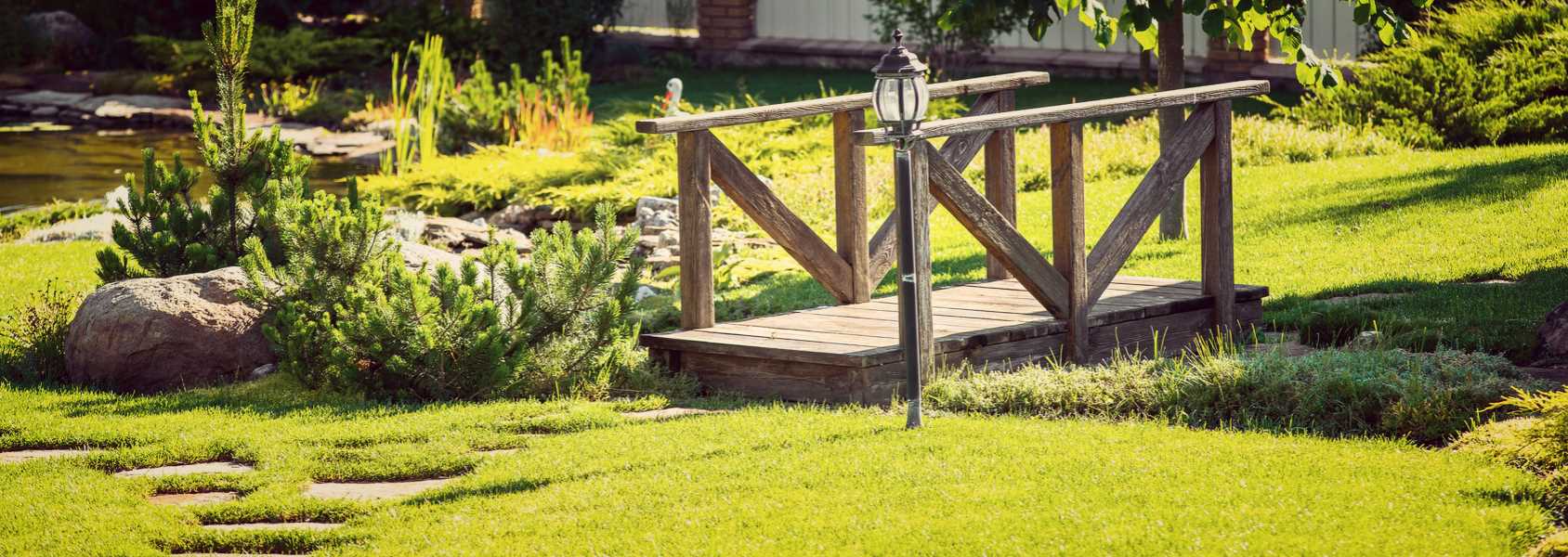

Leave a Reply
You must be logged in to post a comment.